The Night Watch, Rembrandt van Rijn’s magnum opus from 1642, stands as a cornerstone of Western art history. Far more than a mere painting, it serves as a window into the Dutch Golden Age, a testament to artistic innovation, and a mirror reflecting the complexities of human nature. This article delves deep into the multifaceted legacy of The Night Watch, exploring its artistic brilliance, historical significance, and enduring cultural impact.
The Artistic Marvel of The Night Watch
The Night Watch is a tour de force of Baroque painting, showcasing Rembrandt’s unparalleled mastery of light, composition, and human expression. At first glance, the massive canvas overwhelms the viewer with its sheer size and intricate details, but a closer examination reveals the true genius behind its creation.
Revolutionary Use of Light and Shadow
Rembrandt’s manipulation of chiaroscuro in The Night Watch is nothing short of revolutionary. The dramatic interplay of light and shadow not only creates a sense of depth and movement but also guides the viewer’s eye through the complex scene. The central figures are bathed in a warm, golden light, drawing immediate attention and creating a focal point amidst the bustling activity.
This innovative use of lighting techniques was a departure from the flat, even illumination common in group portraits of the time. Rembrandt’s approach added a theatrical quality to the painting, transforming a potentially static scene into a dynamic, living moment frozen in time.
The artist’s mastery of light extends beyond mere technical skill; it can be interpreted as a metaphorical device. The illuminated figures may symbolize the enlightenment and progress of the Dutch Golden Age, while the encroaching shadows could hint at the uncertainties and challenges faced by the militia in their duty to protect the city.
Composition and Movement
The composition of The Night Watch is a carefully orchestrated chaos, reflecting the energy and vitality of the militia company it depicts. Rembrandt breaks from the traditional static arrangement of group portraits, instead opting for a dynamic, almost cinematic composition.
The central figures of Captain Frans Banninck Cocq and Lieutenant Willem van Ruytenburch anchor the painting, their prominence emphasized by their positioning and the light that falls upon them. Around them, a flurry of activity unfolds – soldiers preparing their weapons, a dog barking, a drummer beating his instrument – all contributing to a sense of impending action.
This unconventional approach to composition was groundbreaking for its time. It transformed the genre of group portraiture from a formal, hierarchical display into a vibrant snapshot of life, capturing the essence of the militia’s role and spirit.
Intricate Details and Symbolism
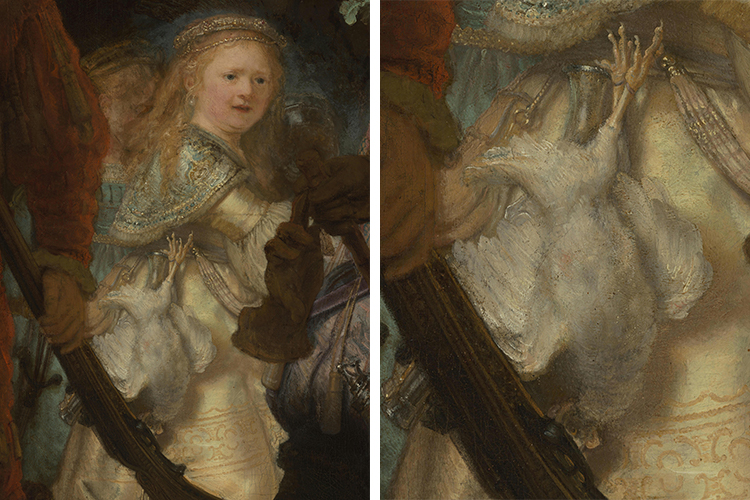
The Night Watch is a treasure trove of minute details and symbolic elements, each contributing to the overall narrative and depth of the painting. From the intricate embroidery on the captain’s costume to the play of light on polished armor, every brushstroke serves a purpose.
One of the most intriguing elements is the mysterious figure of the young girl in a gold dress, often interpreted as a mascot or allegorical representation. Her presence adds an element of whimsy and mystery to the scene, sparking centuries of debate among art historians.
The various weapons and military paraphernalia depicted are not mere props but symbols of the militia’s readiness and duty. The unfurled banner, the glint of steel, and the determined expressions of the men all speak to the gravity of their responsibility in protecting Amsterdam.
Historical Context and Significance
The Night Watch is not just a masterpiece of art; it is a historical document that offers invaluable insights into the Dutch Golden Age. Understanding the context in which it was created enhances our appreciation of its significance and enduring relevance.
The Dutch Golden Age
The 17th century marked a period of unprecedented prosperity and cultural flowering in the Dutch Republic. This era, known as the Dutch Golden Age, saw the Netherlands emerge as a global economic and cultural powerhouse. The Night Watch, commissioned at the height of this period, embodies the confidence, wealth, and civic pride that characterized Dutch society at the time.
During this period, the arts flourished alongside commerce and science. The rise of a wealthy merchant class led to increased patronage of the arts, allowing artists like Rembrandt to push the boundaries of their craft. The Night Watch stands as a testament to this fertile creative environment, showcasing the technical and artistic innovations that were possible in such a supportive cultural climate.
Civic Militias in Dutch Society

The subjects of The Night Watch – Captain Cocq and the members of his civic guard – were not professional soldiers but citizen militia members. These groups played a crucial role in maintaining order and defending Dutch cities. Their prominence in society was such that commissioning group portraits became a mark of prestige and civic duty.
Rembrandt’s portrayal of the militia goes beyond mere representation. Many interpret it as capturing the spirit of cooperation and shared responsibility that underpinned Dutch society. The painting can be seen as celebrating not just individual valor but the collective strength of a community united in purpose.
Rembrandt’s Career and Artistic Evolution
The Night Watch marks a pivotal point in Rembrandt’s career. Already an established artist when he received the commission, this work allowed him to showcase the full range of his artistic abilities. The painting’s innovative approach to lighting, composition, and narrative complexity represents the culmination of Rembrandt’s artistic development up to that point.
Interestingly, the creation of The Night Watch coincided with personal challenges in Rembrandt’s life, including financial difficulties and the loss of his wife. These experiences may have influenced the emotional depth and complexity evident in the painting, adding layers of meaning beyond its ostensible subject matter.
Cultural Impact and Legacy

The influence of The Night Watch extends far beyond the realm of art history. Its cultural footprint can be seen in literature, film, and popular culture, cementing its status as a true icon of Western civilization.
Influence on Subsequent Art Movements
The Night Watch’s innovative approach to group portraiture and dramatic use of light had a profound impact on subsequent generations of artists. Its influence can be observed in the Romantic period and even in modern cinema.
Painters like Édouard Manet and Vincent van Gogh drew inspiration from Rembrandt’s bold use of light and shadow. The painting’s dynamic composition and narrative quality have also been interpreted as a precursor to the development of history painting in the 18th and 19th centuries.
In the realm of photography and film, The Night Watch’s cinematic quality may have been a source of inspiration for directors and cinematographers. Its use of dramatic lighting and staged action has influenced everything from film noir to contemporary blockbusters.
The Night Watch in Popular Culture
The painting’s iconic status has led to numerous references and homages in popular culture, appearing in novels and films, and even video games, often serving as a symbol of artistic genius or historical intrigue. For example, in the realm of cinema, Peter Greenaway’s film “Nightwatching” offers a fictionalized account of the painting’s creation, blending historical fact with imaginative speculation.
The painting has also inspired contemporary artists to create their own interpretations and homages. These range from faithful reproductions to modern reinterpretations that comment on current social and political issues.
Conservation Efforts and Public Interest
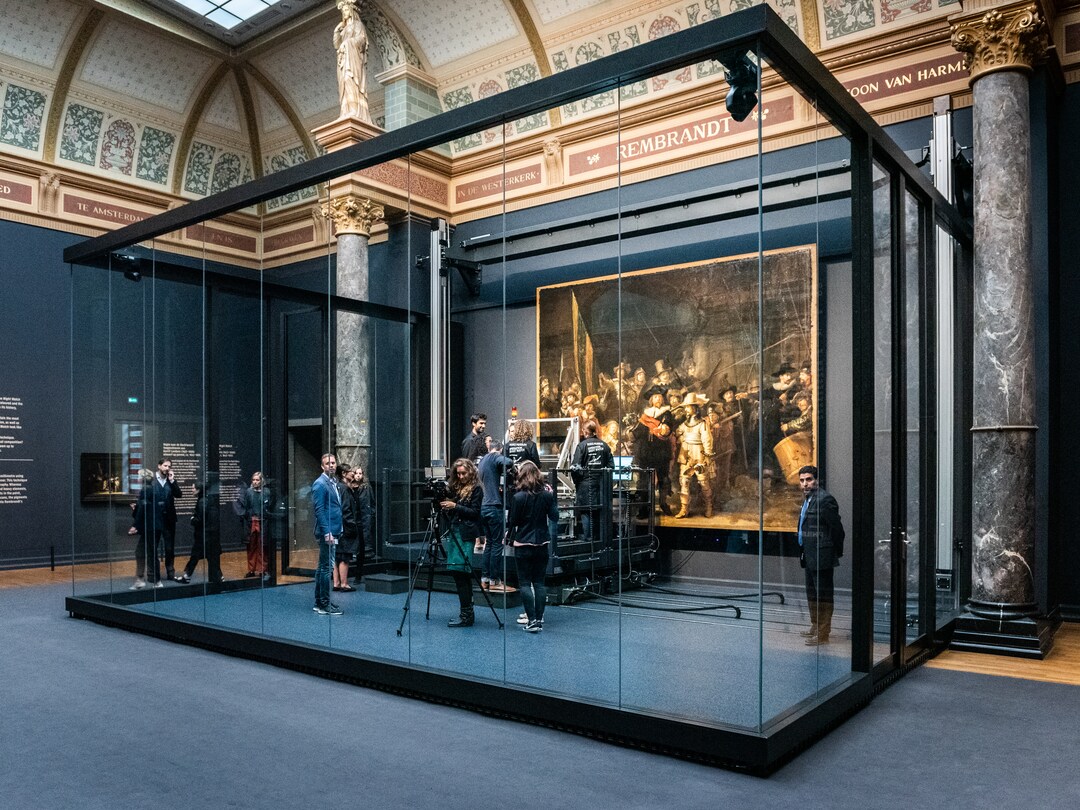
The ongoing conservation of The Night Watch has become a spectacle in itself, attracting global attention. The Rijksmuseum’s decision to conduct the restoration process in full public view, dubbed “Operation Night Watch,” has turned the painting’s preservation into a living exhibition.
This transparency has not only educated the public about art conservation techniques but has also reignited interest in the painting and its historical context. The use of cutting-edge technology in the restoration process, including advanced imaging techniques and AI-assisted analysis, has bridged the gap between art history and modern science.
The public’s fascination with these conservation efforts underscores The Night Watch’s enduring relevance. It demonstrates how a 17th-century masterpiece continues to captivate audiences and contribute to our understanding of art, history, and technology.
Conclusion
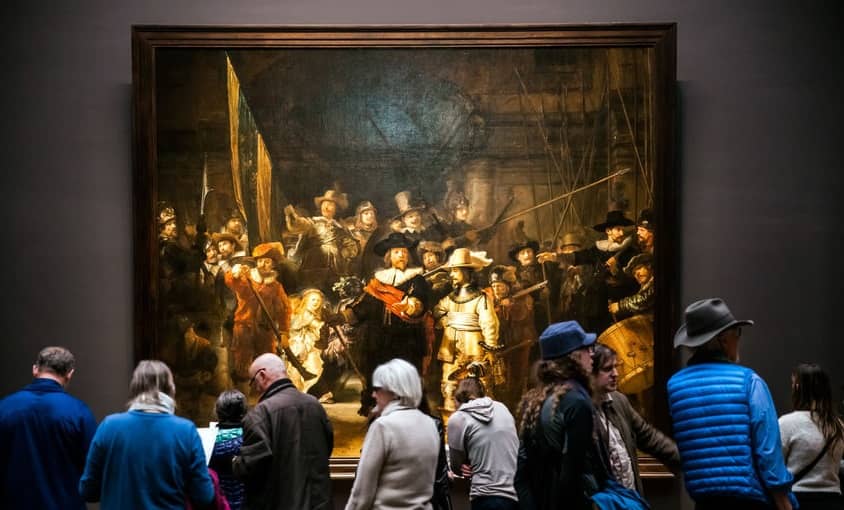
The Night Watch stands as a testament to the enduring power of art to transcend time and culture. From its revolutionary artistic techniques to its rich historical context and ongoing cultural influence, Rembrandt’s masterpiece continues to captivate, inspire, and educate. As we reflect on its legacy, we are reminded of the timeless nature of great art and its ability to connect us with the past while speaking to the present and future. The Night Watch is not just a painting; it is a living piece of history, a window into the human experience, and a beacon of artistic achievement that will undoubtedly continue to illuminate our cultural landscape for generations to come.
✉️ Stay Connected — Subscribe for Weekly Updates
Discover timeless stories, practical wisdom, and beautiful culture — delivered straight to your inbox.
*We only share valuable insights — no spam, ever.




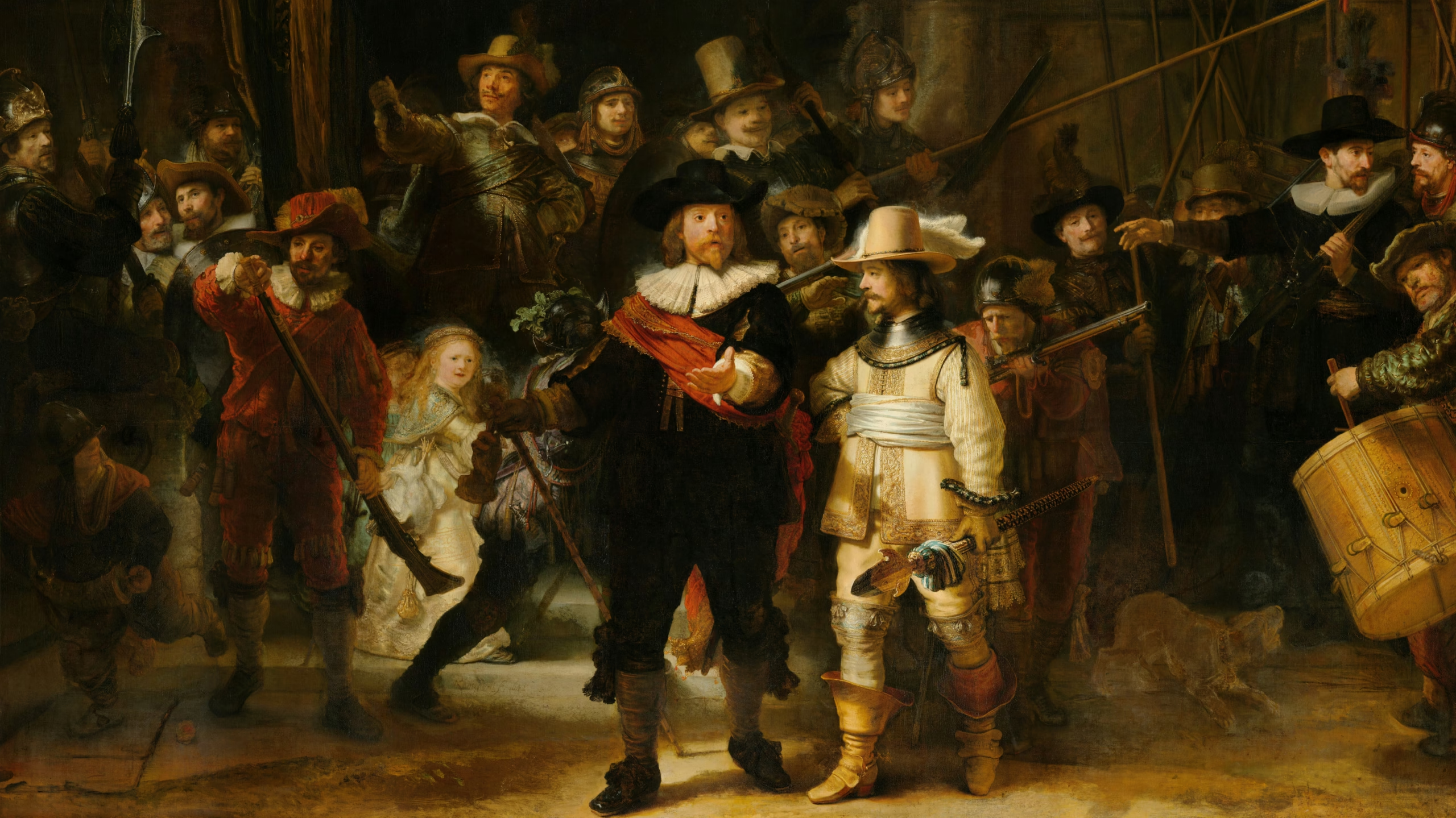

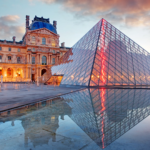
tlover tonet
Tháng 9 27, 2024I do not even know how I ended up here, but I thought this post was good. I do not know who you are but certainly you’re going to a famous blogger if you aren’t already 😉 Cheers!
John Son
Tháng 9 27, 2024thank you so much
Warren Wiechmann
Tháng 9 27, 2024I am extremely inspired along with your writing skills as neatly as with the structure in your blog. Is that this a paid subject or did you customize it yourself? Anyway keep up the nice quality writing, it is rare to see a nice weblog like this one nowadays..
Watch MMA Fights Online
Tháng 9 27, 2024Rattling excellent visual appeal on this internet site, I’d rate it 10 10.
Live Soccer Matches Streaming
Tháng 9 27, 2024Very interesting details you have remarked, thanks for posting. “Nothing ever goes away.” by Barry Commoner.
MLB Streams Online
Tháng 9 27, 2024Yeah bookmaking this wasn’t a bad determination outstanding post! .
drover sointeru
Tháng 9 27, 2024I appreciate, cause I found exactly what I was looking for. You have ended my 4 day long hunt! God Bless you man. Have a great day. Bye
vorbelutrioperbir
Tháng 9 27, 2024Hmm it seems like your blog ate my first comment (it was super long) so I guess I’ll just sum it up what I submitted and say, I’m thoroughly enjoying your blog. I too am an aspiring blog blogger but I’m still new to everything. Do you have any tips for inexperienced blog writers? I’d definitely appreciate it.
droversointeru
Tháng 9 27, 2024You should take part in a contest for one of the best blogs on the web. I will recommend this site!
live college basketball streaming
Tháng 9 27, 2024It?¦s actually a great and helpful piece of information. I?¦m satisfied that you simply shared this useful info with us. Please keep us up to date like this. Thank you for sharing.
live hockey streaming
Tháng 9 27, 2024Howdy just wanted to give you a quick heads up. The words in your content seem to be running off the screen in Firefox. I’m not sure if this is a formatting issue or something to do with web browser compatibility but I figured I’d post to let you know. The design look great though! Hope you get the problem resolved soon. Many thanks
free nfl streams
Tháng 9 27, 2024Great line up. We will be linking to this great article on our site. Keep up the good writing.
watch euroleague online
Tháng 9 27, 2024You are my inspiration , I possess few blogs and very sporadically run out from to brand : (.
prostavive
Tháng 9 27, 2024I like the efforts you have put in this, regards for all the great content.